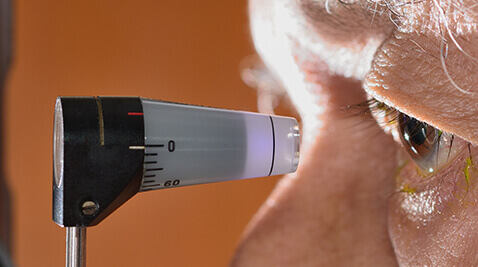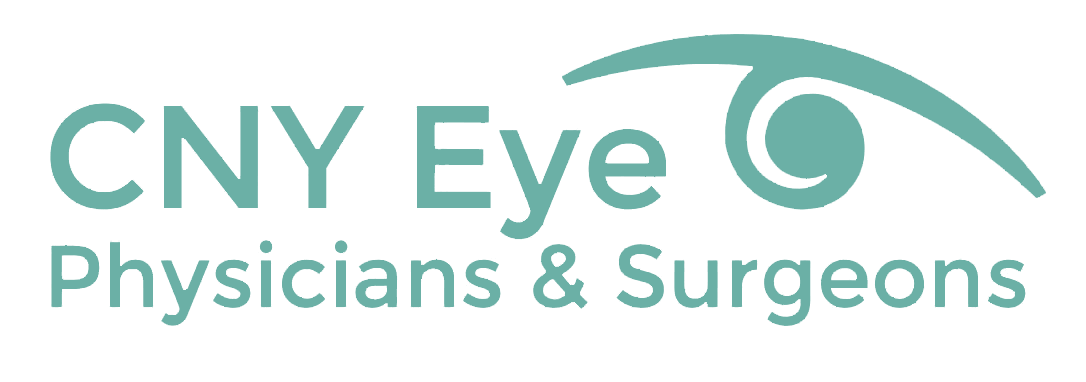Glaucoma Treatment
How is Glaucoma detected?
- Since many people with glaucoma have no symptoms, regular comprehensive eye examinations are the best way to detect glaucoma.
Glaucoma tests we perform include:

- Intraocular pressure measurement (tonometry)
- Gonioscopy – inspection of the drainage angle of the eye
- Pachymetry – tests corneal thickness
- Visual field (perimetry) – computerized testing of your field of vision
- Optic nerve evaluation
- Binocular slit lamp microscope examination
- High resolution optical coherence tomography – computerized optic nerve imaging
- Optic nerve photography
How is Glaucoma treated?
Glaucoma damage is permanent and cannot be reversed. The goal of treatment by lowering eye pressure is to prevent progressive optic nerve damage and loss of vision. The ophthalmologists at CNY Eye Physicians & Surgeons will determine the best method of treatment based on the type of glaucoma you have, the severity of disease and how it responds to treatment.
Eye drops, laser surgery oral medications and surgery done in the operating room are methods used to lower eye pressures.
Glaucoma laser surgery that is available in our office includes:
- Selective laser trabeculoplasty – this laser improves drainage to help control eye pressure that comes with open angle glaucoma.
- Laser iridotomy – this is recommended for the treatment or prevention of narrow angle glaucoma by creating a tiny hole in the peripheral iris to improve the flow of aqueous fluid to the drainage angle.
Glaucoma surgery done in the operating room:
- Fine microscopic instruments are used to create or improve the drainage channel and to lower eye pressure.
- Surgical options include trabeculectomy, aqueous shunt surgery, intraocular drainage stents (ie. iStent), and endoscopic cyclophotocoagulation (ECP)
